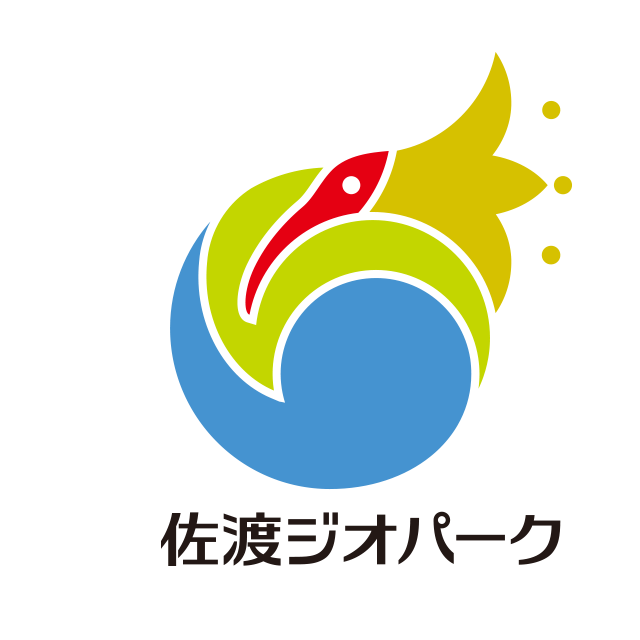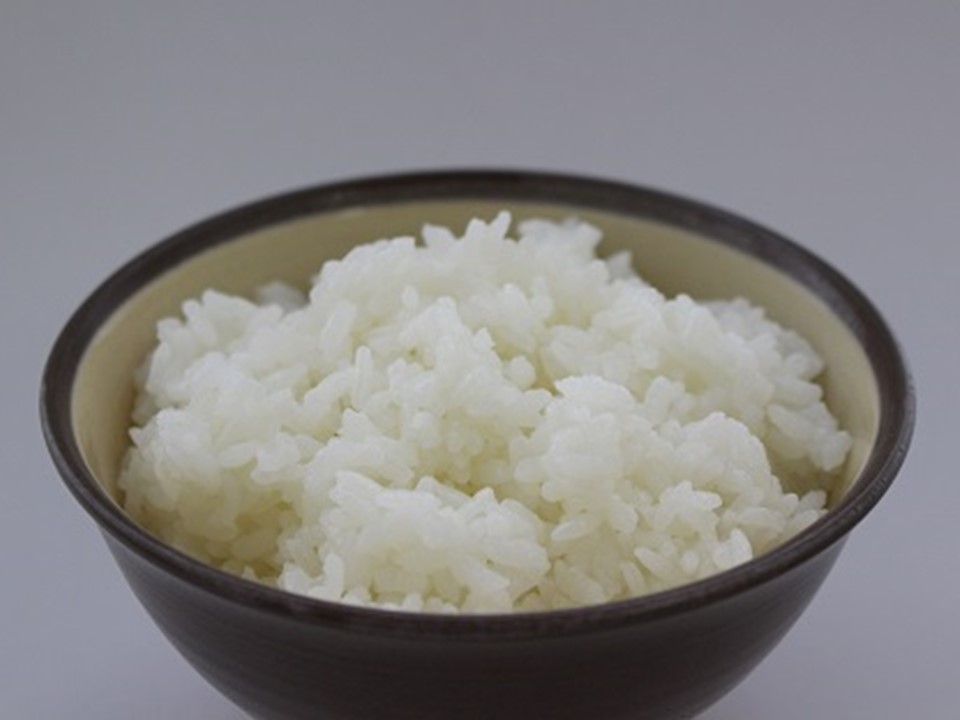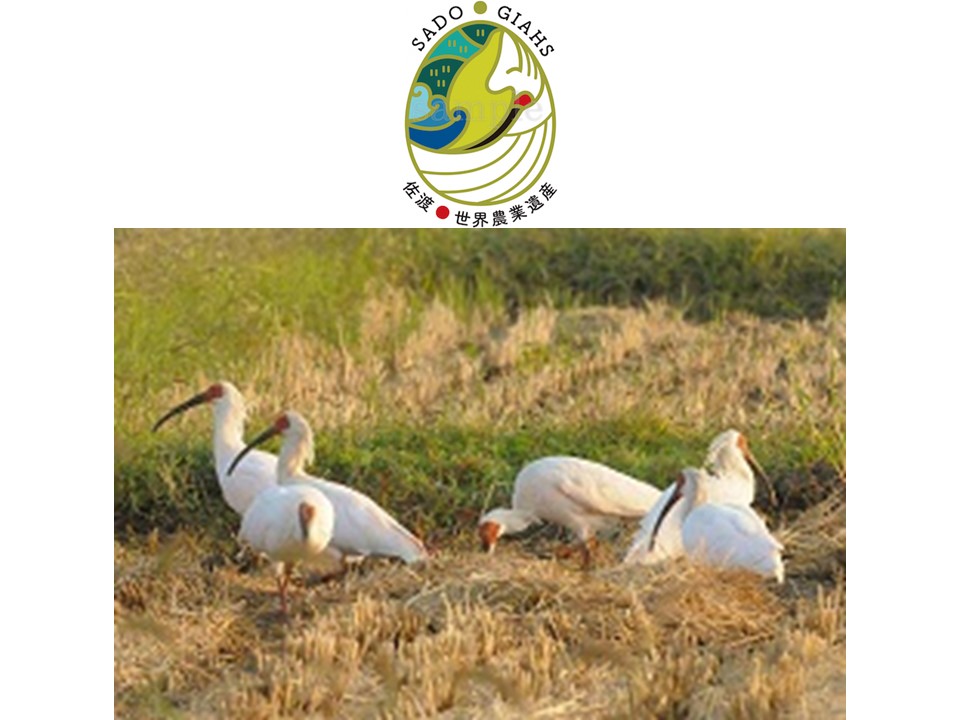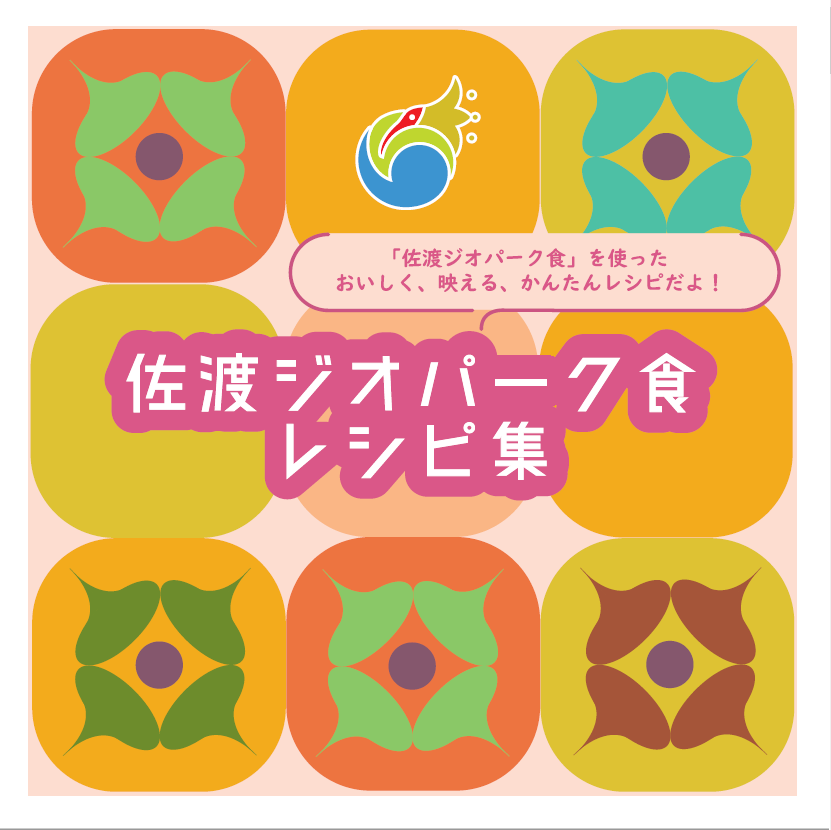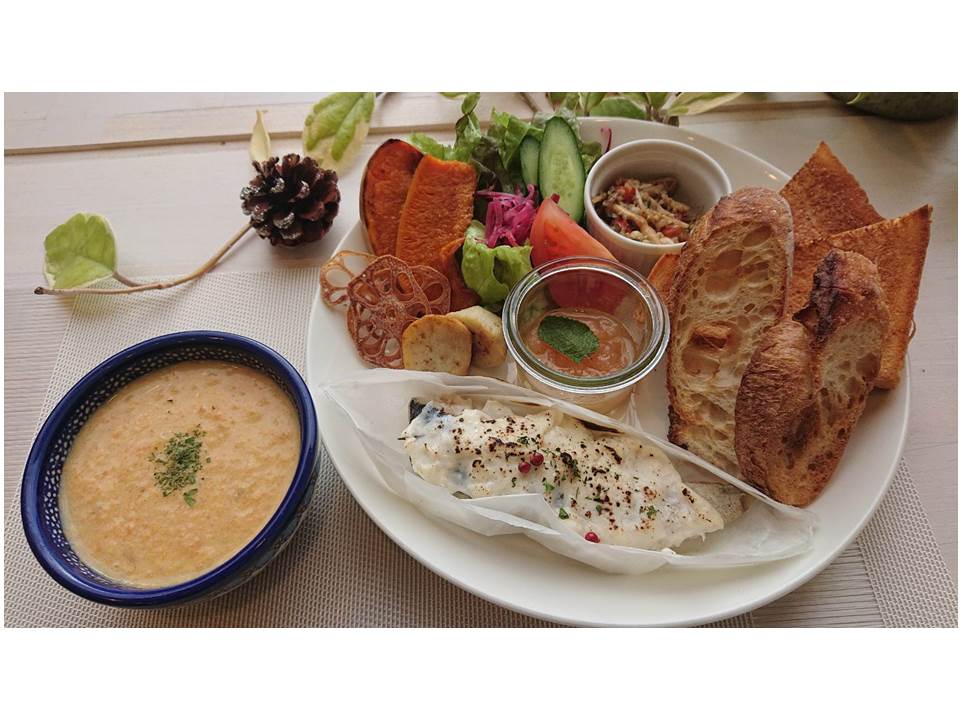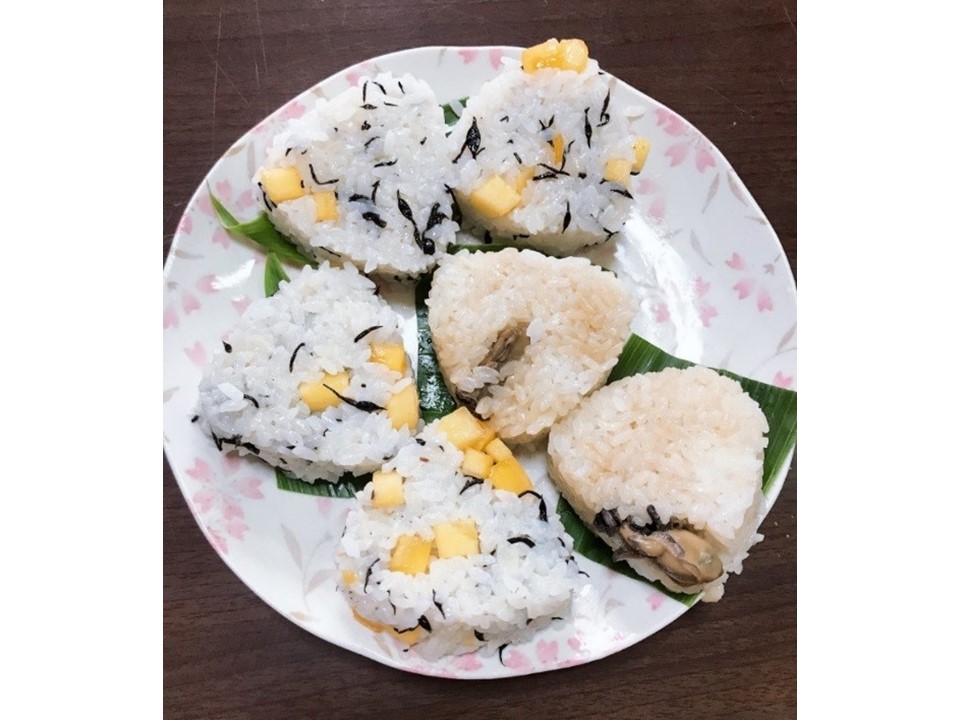Sado Island Geopark Foods
Here, you will find local specialties with a connection to the history of Sado Island, its natural environment, and its inhabitants' lives. Of course, we will talk about the history of Sado Island Geopark.
We invite you to enjoy these Sado Island Geopark foods.
Sado Rice
The Origins of Sado Rice
Long ago, the mountains we now know as the Osado Mountains and Kosado Hills were once two separate islands. The sea between the two islands was reclaimed with soil and sand that flowed down from several rivers, creating the vast Kuninaka Plain. This plain has been the center of rice production on Sado Island since the Yayoi period. When many people migrated to Sado to work in the Aikawa gold and silver mines, terraced rice fields were built to supplement this rice production. Utilizing the mountain slopes to produce rice enabled the people to secure additional food to support the growing population. The high mountains make Sado Island unusually abundant in water for an island. With a mild climate, and surrounded by the sea, the rich natural environment of the island supports many living creatures. Rice farmers utilize environmentally-friendly farming methods to maintain a balance in the ecosystem. This is one of the factors that led to Sado’s designation as a GIAHS (Globally Important Agricultural Heritage Systems).
Characteristics
Sado rice is grown using less than half the Niigata prefecture standard of pesticides and chemical fertilizers. With this, small organisms that live in the rice fields are able to thrive. The rice fields are kept watered throughout the year, allowing organisms and animals native to the ecosystem to flourish even during the off-season. With these efforts, the number of Japanese crested ibis is increasing every year. It is not unusual to see these birds flying over the rice fields. Sado Rice is considered top quality in Niigata Prefecture, along with rice from the Uonuma region, and has gained international recognition in recent years.
